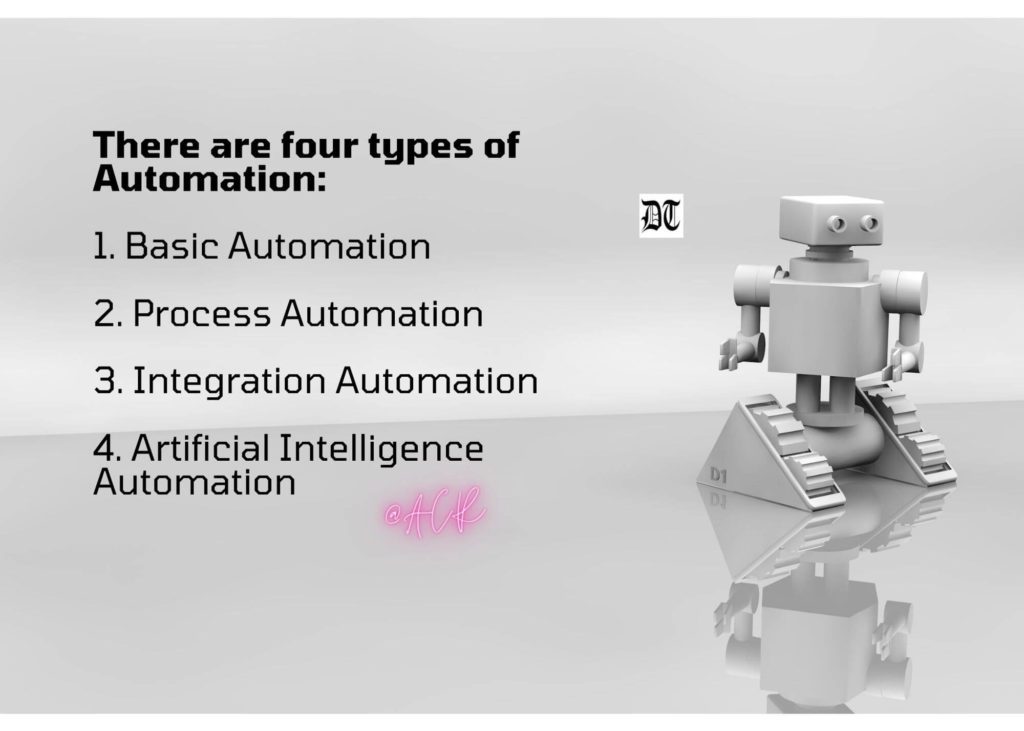Reading Time: 4 minutes
Automation gives businesses the cutting edge. A report by Palash, exclusively for Different Truths.

In today’s business the most important principle is to get the work done in the most cost-effective and hassle freeway. Manual intervention in any business is to be done irrespective of the nature of the business. Say, for example, a utility domain company, energy, and gas supplying company of United Kingdom. If they are trying to ensure the customer is happy and get immediate assistance, they need to streamline their business accordingly.
A quite simple example is, if a meter reading needs to be submitted, the customer will contact the chat assistance. If not, they can email the meter readings or can call the helpline number. The agent will assist in either of the ways and the bill will be generated. Now, if a process by which this entry process is done without anything done by the customer. The meter readings are auto generated, updated in the system and the bill is generated automatically. This is called automation.
… if a meter reading needs to be submitted, the customer will contact the chat assistance. If not, they can email the meter readings or can call the helpline number.
Automation is a process by which a repetitive work module in any business process operation is streamlined in such a way that on getting inputs the upcoming repetitive work is done automatically, that too without any manual effort. A lot of cost and effort is saved; manpower can be utilised in a better way in this category.
It is the use of technology to execute tasks or processes where manual efforts can be replaced. The strategy is remarkably simple. Technology is used so that it organises the personal and system through workflows. Automation can do impact and control issues on customer relationship management, analytics, marketing planning. Customers are happy because the service is fast, efficient, and smooth.
Technology is used so that it organises the personal and system through workflows.
There are four types of Automation:
1. Basic Automation
2. Process Automation
3. Integration Automation
4. Artificial Intelligence Automation
A considerably basic job profile or repetitive work is streamlined so that the work is executed easily.
Basic Automation: This is a simple job in the organisation. A considerably basic job profile or repetitive work is streamlined so that the work is executed easily. Just an example of a centralised messaging tool is used for a group that allows transparency in the mode of communication.

Process Automation: The process where a document is maintained that contains details of a business process. Now, this is a more powerful tool compared to basic automation. Say in the banking process, if a payment needs to be released, the relevant documents are checked by a specialised team. Once the checking is done, a clearance letter called a remittance letter is drafted and attached with the documents, and sent to the payments team. On the acceptance form, the client receives the payment. This is a bit lengthy and complex process. But the process is somehow repetitive. This is called Process Automation when the entire thing is done without manual intervention.
Say you have two systems; one is a customer support system and another one is a business process support system. You can integrate both.
Integration Automation: It is more complex than process automation. In this process the automation enables machines to observe the way how humans perform and repeat the action. Say you have two systems; one is a customer support system and another one is a business process support system. You can integrate both. Now every time a customer comes up with a complaint, the system automatically assigns personnel. This is happening because both the systems are working simultaneously.
Artificial Intelligence: Artificial intelligence is added to integration software. The software is prepared in such a way that you have huge business data all you have to do is utilise that data for business analytics.
A small business process has five different stages. Each stage is performed at each level and at that level a manual effort is required.
A small business process has five different stages. Each stage is performed at each level and at that level a manual effort is required. Now at each level, there are few categories of work that are easy and repetitive and it can be done error-free. Business process automation is effective only when the integrated software is able to classify those transactions which are able to be processed automatically and transactions where exceptional workflow might be involved.
In a nutshell, Automation is the doorway to profit and time saving provided it is handled effectively and efficiently.
Visuals by Different Truths














